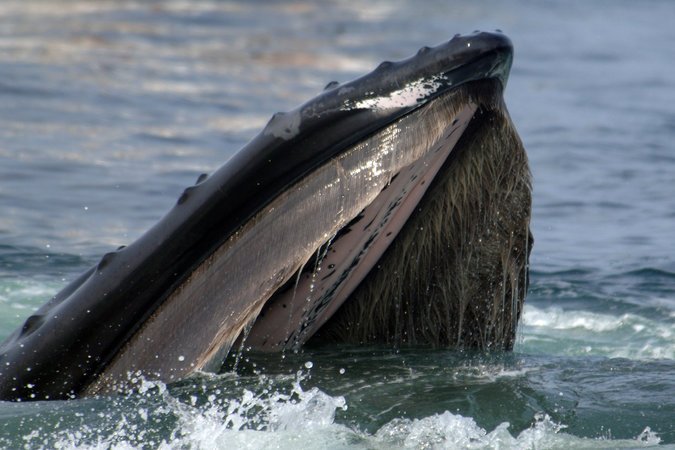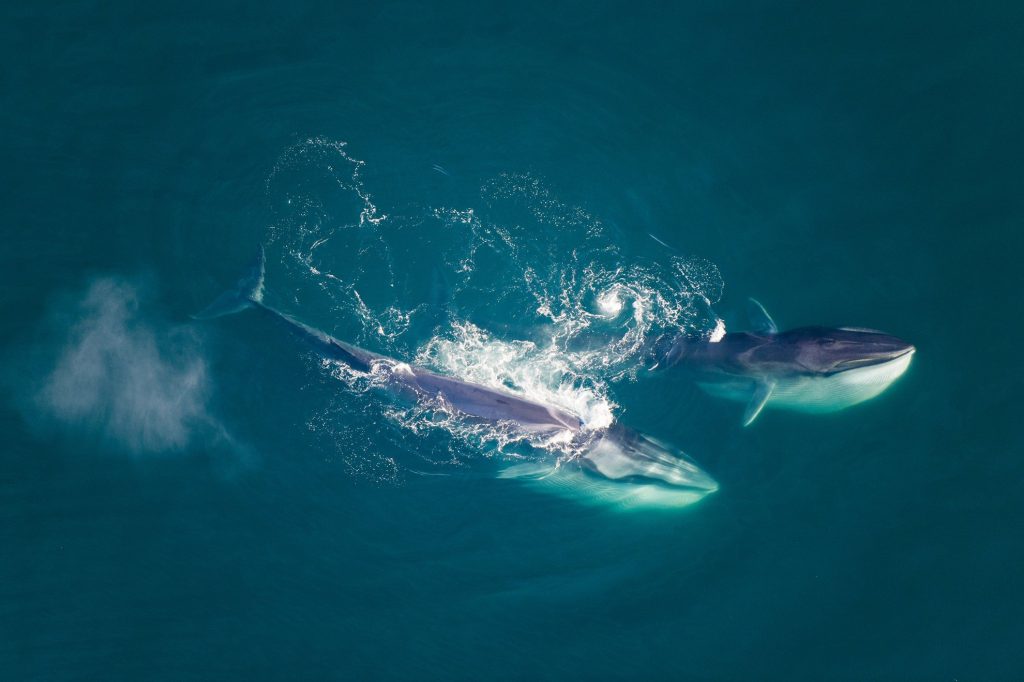Baleen Whales Intermingled as They Evolved, and Share DNA With Distant Cousins
For years, scientists have disagreed about which species of baleen whale came first, and how the toothless species were related.
Body structure suggested one set of relationships; molecular data suggested another.
Now, researchers in Germany and Sweden have sequenced the DNA of six of the living species, of which there are at least 10.
The relationships are so complicated, however, that senior researcher Axel Janke said that “family tree” is too simple a metaphor. Instead, the species, all part of a group called rorquals, have evolved more into a network, sharing large segments of DNA with even distant cousins. Scientists expressed surprise that there had been so much intermingling of baleen whales, given the variety of sizes and shapes.
Humpback and sei whales are relatively similar in size, for instance — both usually measuring longer than a school bus. But the blue whale, which is the largest animal to ever live on earth and would dwarf an 18-wheeler, is a close relation to the sei, and relatively distant from the humpback, according to the study, published on Wednesday in the journal Science Advances.

The North Atlantic right whales and bowhead whales split from the other baleens about 28 million years ago; among the rorquals, minke whales seem to have begun diverging more than 10 million years ago; and the blue and sei whales split from the remaining around 5 million years ago, the study found.
Advertisement
Continue reading the main story
The study of rorqual evolution also defies simple Darwinian theories. Darwin explained that many species evolved when they became isolated from others of their kind, accumulating genetic differences and adapting to a new environment.
Continue reading the main story
Advertisement
Continue reading the main story
But whales roam the entire ocean where there are no geographic barriers that would isolate them. Instead, Dr. Janke said, at least some of the whale speciation has been driven by personal taste.
Baleen whales developed sophisticated systems to open their jaws wide enough to suck in almost their own body weight worth of water, along with the tiny creatures swimming or floating in it. Gray whales are part of the same family, but preferred to eat krill and other organisms, slurping them up as they swam along — which possibly led them to become their own species.
The genomic analysis also showed mating across species, with animals sharing more than 30 percent of one another’s genetic heritage, though their ancestors diverged about 10 million years ago.
Continue reading the main story





























